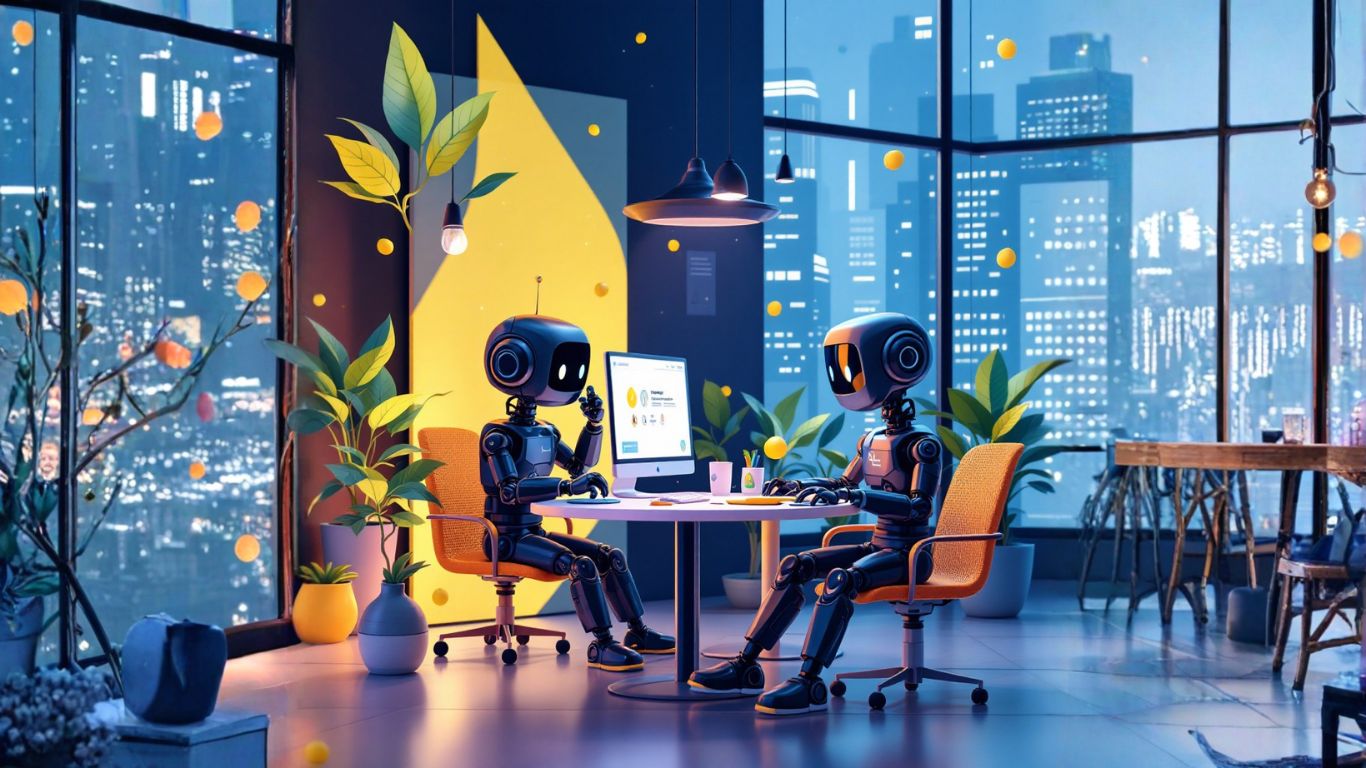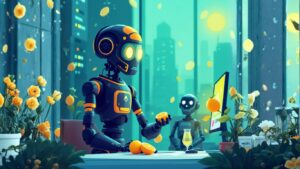Image Generation AI Agents: Revolutionizing Creative Workflows
The world of visual content is rapidly evolving, and at the forefront of this revolution are Image Generation AI Agents. No longer confined to conceptual sketches or lengthy design processes, creators can now conjure stunning visuals from simple text descriptions. These powerful AI agents are not just tools. They are becoming integral partners in creative workflows, transforming how art, design, marketing, and more are approached.
From Imagination to Image: The Power of AI
At their core, image generation AI agents take your textual instructions (prompts) and translate them into unique visual artwork. This technology, often powered by advanced models, can produce a wide array of styles, from photorealistic images to abstract art, illustrations, and even designs that mimic specific artistic movements.
The Magic Behind the Pixels
These AI systems are trained on massive datasets of images and their associated text descriptions. This vast exposure allows them to learn complex relationships between words and visual elements – understanding what “cyberpunk cityscape at sunset” looks like, or how to render an image “in the whimsical style of Studio Ghibli.”
Transforming Creative Workflows
The impact of image generation AI agents on creative industries is profound, offering benefits that were once the realm of science fiction:
1. Rapid Ideation and Concept Visualization
For designers, artists, and marketers, the ability to quickly visualize ideas is critical. Instead of spending hours or days on concept sketches, an AI agent can generate multiple visual interpretations of an idea in minutes. This accelerates the brainstorming process and allows for rapid iteration.
-
Example: A game developer can generate dozens of character concepts or environment designs within the same time it would take an artist to produce one detailed sketch.
2. Democratizing Art and Design
Image generation AI agents lower the barrier to entry for visual creation. Individuals without extensive artistic training can now bring their ideas to life, producing high-quality visuals for presentations, blogs, social media, or personal projects.
3. Enhancing Existing Tools and Processes
These AI agents are not necessarily replacing human creativity but augmenting it. Designers can use AI-generated images as a starting point, refining them with traditional tools, or generating specific assets that would be difficult or time-consuming to create manually.
4. Personalized Content Creation
Marketers can leverage AI to generate highly personalized visual content for targeted campaigns, creating unique imagery for different customer segments or even individuals, increasing engagement and conversion rates.
5. Cost and Time Efficiency
The speed and scalability of AI image generation can lead to significant cost and time savings compared to traditional methods of photography, illustration, or graphic design.
What to Consider When Using Image Generation AI
While powerful, effective use of these agents requires understanding their nuances:
1. The Art of Prompting
The quality of the output is directly tied to the quality of the prompt. Learning to write detailed, descriptive, and specific prompts is crucial. This involves specifying style, mood, composition, lighting, and even desired artistic influences.
-
Example: A prompt like “A majestic dragon flying over a medieval castle” is basic. An advanced prompt might be: “Photorealistic image of a formidable red dragon with golden scales, silhouetted against a fierce sunset, soaring over a sprawling medieval castle with gothic architecture. Dramatic lighting, cinematic feel, high detail.”
2. Understanding Model Capabilities and Styles
Different AI models excel at different types of generation. Some are better at photorealism, others at specific artistic styles. Experimentation is key to finding the best tool for your needs.
3. Ethical Considerations and Copyright
The landscape of AI-generated art and copyright is still evolving. It’s important to be aware of the terms of service of the AI tools you use, especially regarding commercial use and ownership of generated images. Additionally, consider the ethical implications of using AI-generated content and ensuring it does not perpetuate harmful stereotypes.
4. Iteration and Refinement
Rarely will the first generated image be perfect. Be prepared to iterate on your prompts, adjust parameters, and regenerate images to achieve the desired result.
Building Your Creative AI Agents with LaunchLemonade
LaunchLemonade empowers you to integrate advanced AI capabilities into your creative and operational workflows. While the platform focuses on creating AI agents for various tasks, the principles of prompt engineering and knowledge integration apply directly to utilizing image generation AI.
Leveraging AI for Visuals:
-
Define Your Visual Need: What type of image are you trying to create? What is its purpose?
-
Craft a Detailed Prompt: Use precise language to describe the desired image, including style, subject, mood, and composition.
-
(If applicable) Upload Reference Data: For AI agents that support image generation based on specific styles or data, provide relevant examples or style guides.
-
Integrate Outputs: Use the generated images within your broader workflows: presentations, marketing materials, concept art, etc.
Image generation AI agents are more than just novelties, they are powerful tools that are democratizing creativity and accelerating the production of visual content. By understanding their capabilities and mastering the art of prompting, you can unlock new levels of creative potential for your business.
Ready to bring your visual ideas to life?
Discover how LaunchLemonade can help you integrate AI-powered creative tools into your workflow.





